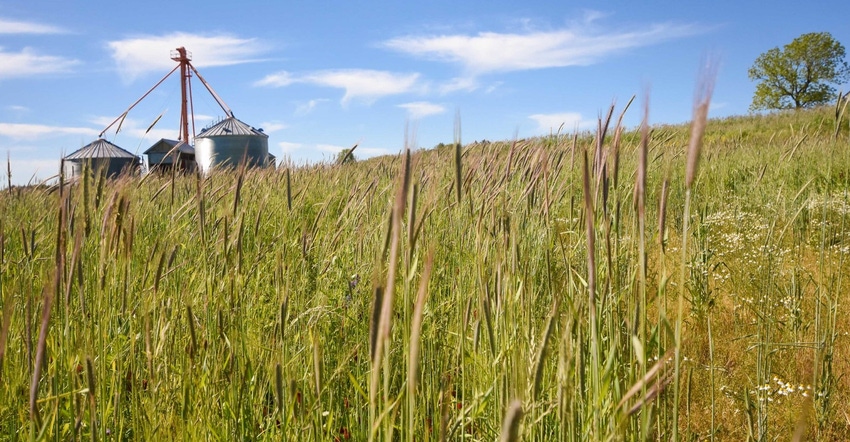July 6, 2021

In an effort to encourage the use of cover crops, USDA’s Risk Management Agency says it will allow agricultural producers with crop insurance to hay, graze or chop cover crops for silage, haylage or baleage at any time and still receive 100% of the prevented planting payment.
Previously, cover crops could only be hayed, grazed or chopped after November 1, otherwise the prevented planting payment was reduced by 65%. RMA says the flexibility was added as part of a broader effort to encourage producers to use cover crops, an important conservation and good farming practice. Cover crops are especially important on fields prevented from planting as they help reduce soil erosion and boost soil health, USDA adds.
“We work diligently to ensure the federal crop insurance program helps producers effectively manage risk on their farms while also conserving natural resources,” says Acting RMA Administrator Richard Flournoy. “We are dedicated to responding to the needs of producers, and this flexibility is good for agriculture and promotes climate smart agricultural practices. We are glad we can better support producers who use cover crops.”
RMA recognizes that cover crops are not planted as an agricultural commodity but rather with the primary purpose for conservation benefits. For the 2021 crop year and beyond, RMA will not consider a cover crop planted following a prevented planting claim to be a second crop. But RMA will continue to consider a cover crop harvested for grain or seed to be a second crop, and it remains subject to a reduction in the prevented planting indemnity in accordance with the policy.
This decision to allow flexibility for the 2021 crop year and to make the change permanent for future years builds on the advanced research and identified benefits cover crops have supporting healthy soils and cropland sustainability efforts. Additionally, this decision aligns with the 2018 Farm Bill’s designation of cover crops as a good farming practice.
USDA is solely responsible for the information provided and is wholly owned by the source. Informa Business Media and all its subsidiaries are not responsible for any of the content contained in this information asset.
About the Author(s)
You May Also Like




